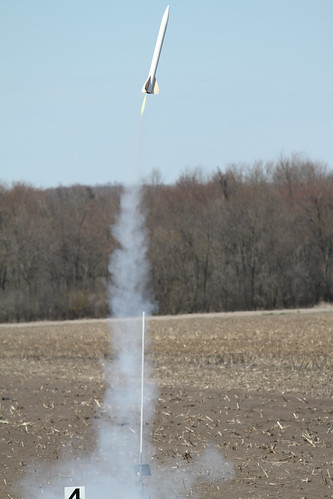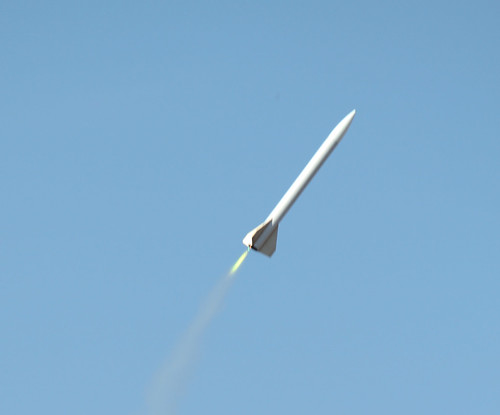- Joined
- Aug 27, 2011
- Messages
- 11,593
- Reaction score
- 6,213
Thinking about going back to some cluster rockets, wondering about safety margins
When you start dealing with more than one engine, always possible one or more won't light. I believe commericial kits like Deuce's Wild are designed to be stable and flyable even if not all engines light.
Any rules of thumb or input from the experienced "Cluster-ers" out there?
Example: If you do a three engine cluster should it be designed so that it will still be flyable if only two light?
Thanks
When you start dealing with more than one engine, always possible one or more won't light. I believe commericial kits like Deuce's Wild are designed to be stable and flyable even if not all engines light.
Any rules of thumb or input from the experienced "Cluster-ers" out there?
Example: If you do a three engine cluster should it be designed so that it will still be flyable if only two light?
Thanks






